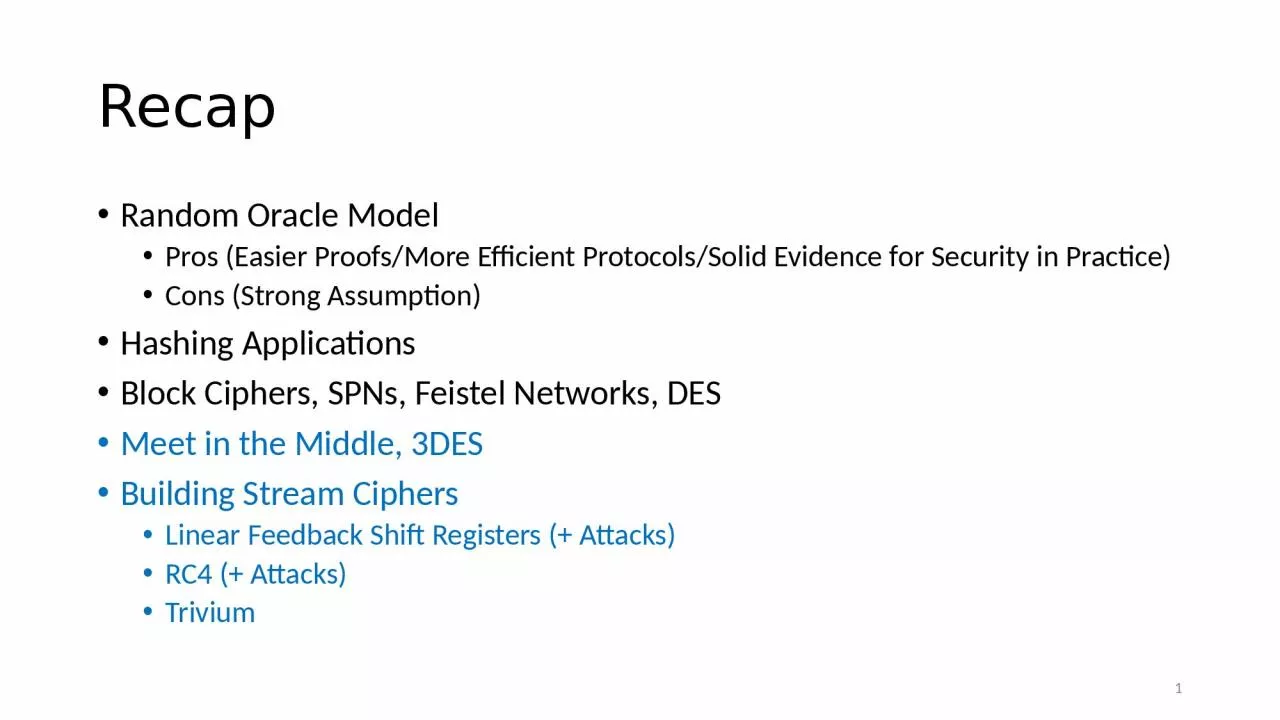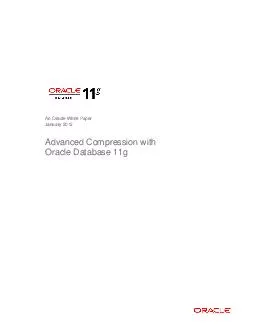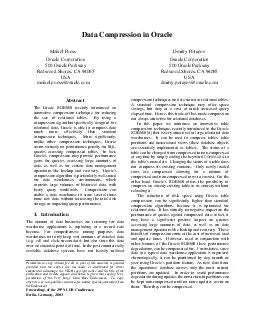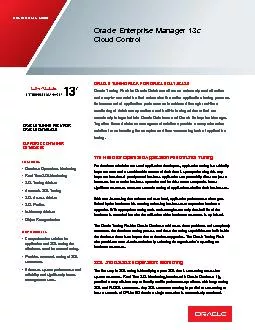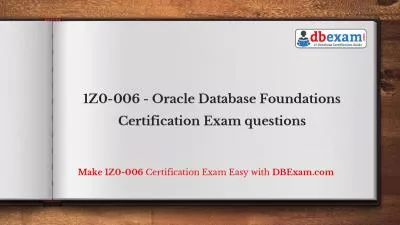PPT-Recap Random Oracle Model
Author : yvonne | Published Date : 2023-09-06
Pros Easier ProofsMore Efficient ProtocolsSolid Evidence for Security in Practice Cons Strong Assumption Hashing Applications Block Ciphers SPNs Feistel Networks
Presentation Embed Code
Download Presentation
Download Presentation The PPT/PDF document "Recap Random Oracle Model" is the property of its rightful owner. Permission is granted to download and print the materials on this website for personal, non-commercial use only, and to display it on your personal computer provided you do not modify the materials and that you retain all copyright notices contained in the materials. By downloading content from our website, you accept the terms of this agreement.
Recap Random Oracle Model: Transcript
Download Rules Of Document
"Recap Random Oracle Model"The content belongs to its owner. You may download and print it for personal use, without modification, and keep all copyright notices. By downloading, you agree to these terms.
Related Documents

